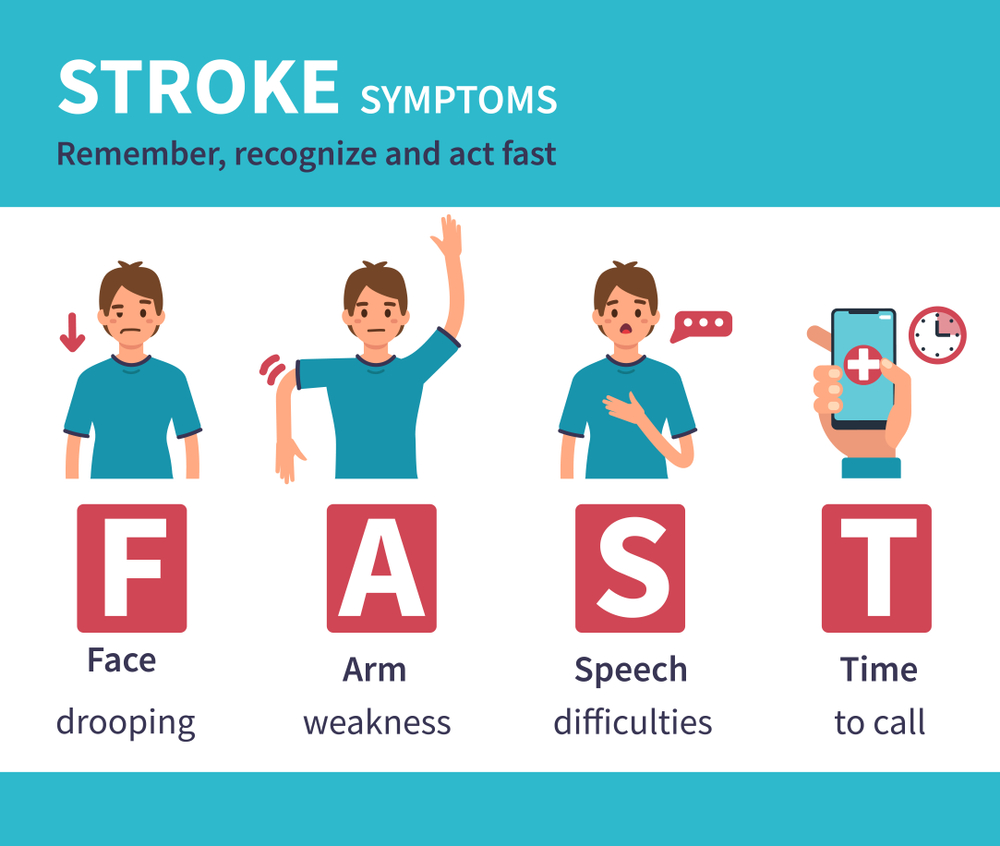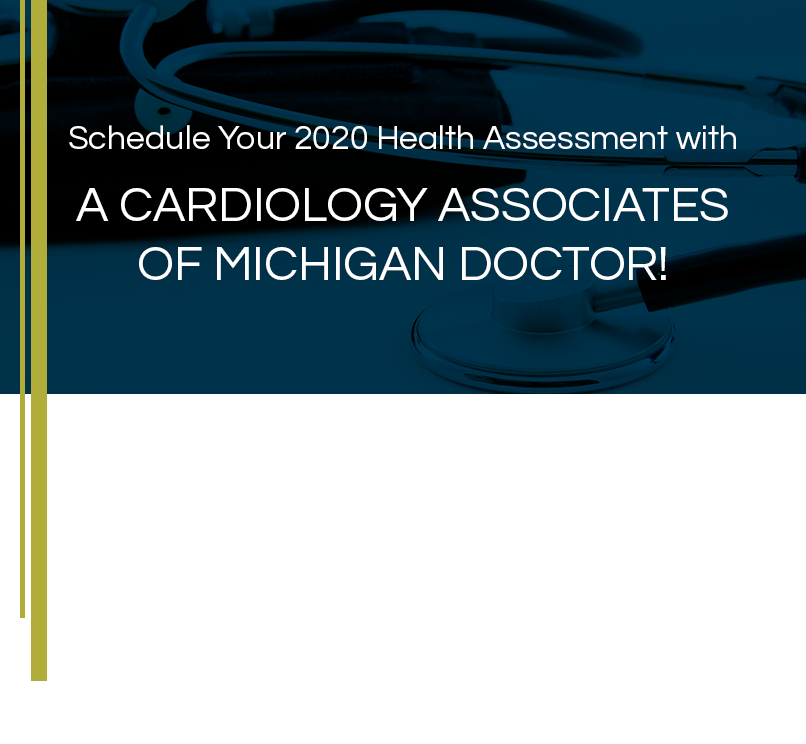Facts about Strokes: What They Are, Why They Happen, and How to Recognize the Signs
FAST: Face, Arms, Speech, Time.
Most of us have heard of this acronym regarding recognizing the signs of a stroke as it is happening and then calling 911 immediately. Beyond that, however, other facts about strokes are not as well known, such as what a stroke truly is, why it occurs, and whether or not prevention is possible.
Following are basic facts about strokes, as well as how to try to decrease the possibility of suffering one.
Let’s start with the good news: Four out of five strokes can be prevented.
What is a Stroke?
A stroke occurs when a blood vessel in the brain is suddenly blocked or bursts. As a result, the brain does not get the appropriate amount of oxygen, and brain cells die.
About 87 percent of all strokes are known as ischemic strokes. They are often due to clots within a blood vessel, clots that break off from another part of the body and go to the brain, or narrowing of the blood vessels.
The second-most common stroke is a hemorrhagic stroke, which occurs when a blood vessel in the brain bursts and bleeds into the brain.
It’s important to recognize the signs of a stroke in order to respond as quickly as possible, and remembering the acronym FAST can help:
- Face: One side of the face droops when the individual smiles.
- Arms: Ask the individual to raise both arms. Does one arm drift downward?
- Speech: The individual’s speech may become slurred.
- Time: Call 911 immediately if you see one or more of these signs.
 In addition to trouble speaking or numbness, tingling, weakness, or loss of movement in the face, leg, or arm, other signs of a stroke include:
In addition to trouble speaking or numbness, tingling, weakness, or loss of movement in the face, leg, or arm, other signs of a stroke include:
- Confusion
- A sudden severe headache
- Unusual vision changes
- Loss of coordination
In the event of a stroke, it’s critical to get to a hospital as soon as possible to avoid permanent damage, which may include paralysis, loss of speech, impaired behavior or emotions, and memory loss.
Doctors may treat stroke with a medication known as a tissue plasminogen activator to break up the clot immediately. Other medications may be recommended for the future as part of a prevention regimen.
What is a Mini-Stroke?
A mini-stroke, called a transient ischemic attack, is when less blood than usual makes it to the brain. While they usually don’t result in permanent damage, you should still call 911 immediately.
A mini-stroke may be a warning sign of a more serious stroke in the future, so you should talk with your doctor about a prevention treatment plan.
Stroke Prevention
Many factors have been associated with the possibility of getting a stroke, and fortunately some of them are manageable.
- High blood pressure is one of the strongest factors related to a stroke. Ask your doctor about ways to lower blood pressure, see your doctor regularly, and make sure you regularly monitor the numbers on your own.
- Smoking can lead to blood clots. Although quitting smoking itself can be difficult at first, once you overcome this challenge, it’s one of the easiest and most effective ways to improve your overall health and possibly prevent strokes.
- Obesity can lead to various health factors that can then lead to stroke, such as high blood pressure and diabetes. Losing weight or otherwise maintaining a healthy body weight may help reduce the possibility of stroke.
- If you have diabetes, your chances of having a stroke are 1.5 times higher. Managing diabetes is another way to prevent the possibility of a stroke and heart disease.
- High cholesterol can block normal blood flow to the brain. Regular exercise and dietary changes may decrease bad cholesterol levels, but consult with your doctor for specific recommendations in your case.
Other factors associated with stroke include age and race. The risk of having a stroke increases with age, and African Americans and Hispanics are more prone to suffer a stroke.
It’s important to note that stroke and heart disease share many factors as well, including high cholesterol, obesity, high blood pressure, and physical inactivity. Therefore, if you have heart disease or have suffered a stroke, it’s important to monitor signs of both conditions.
“Many people think of the brain in relation to a stroke and the heart in relation to a heart attack,” said Dr. Nancy Mesiha of Cardiology Associates of Michigan. “In a sense, that’s accurate. However, people need to understand that there are many relationships between the brain and the heart. Neither works alone. Your body is one system with multiple parts that work together. When one part isn’t functioning as well as it should, it will inevitably impact other areas of your body. This certainly applies to the relationship between brain and heart health.”
Additional Facts About Strokes
- Men are more likely to have a stroke than women are.
- Women are more likely to die from a stroke.
- Two-thirds of all strokes occur in people older than 65.
- Someone has a stroke every 40 seconds in the United States.
- Approximately 140,000 Americans die each year from stroke.
- Strokes can occur at any age.





